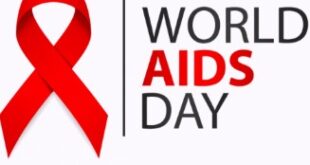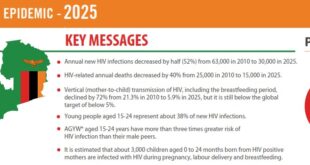World AIDS Day 2025: Overcoming Disruption, Transforming the AIDS Response Message from the Director General, National AIDS Council Zambia joins the rest of the global community to commemorate the 2025 World AIDS Day, under the theme “Overcoming Disruption, Transforming the AIDS Response.” This year’s theme challenges us to remain steadfast …
Read More »National HIV/AIDS/STI/TB Council – Quarter 3 Newsletter
📰 National HIV/AIDS/STI/TB Council – Quarter 3 Highlights (September 2025) The National HIV/AIDS/STI/TB Council (NAC) continued to make significant strides in strengthening Zambia’s multi-sectoral HIV response during the third quarter of 2025. Key activities during this period focused on policy reform, stakeholder engagement, community mobilization, and data-driven public health action. …
Read More »National HIV/AIDS/STI/TB Council Job Advertisement
NATIONAL HIV/AIDS/STI/TB COUNCIL ADVERTISEMENT EMPLOYMENT AND INDIVIDUAL CONSULTANT OPPORTUNITIES The National HIV/AIDS/STI/TB Council (NAC) is a body corporate established under the National HIV/AIDS/STI/TB Council Act No. 10 of 2002. Its primary mandate is to coordinate and support the development, monitoring, and evaluation of the multi-sectoral national response aimed at …
Read More »2025 HIV Estimates Dissemination
The Copperbelt Province recorded the highest number of new HIV infections in 2024 with Lusaka province having the greatest number of people living with HIV. This was revealed during the 2025 HIV Estimates Dissemination Meeting, which was graced by the Minister of Health, Hon. Dr. Elijah Muchima, MP, who was …
Read More » NAC Zambia nac.org.zm
NAC Zambia nac.org.zm



